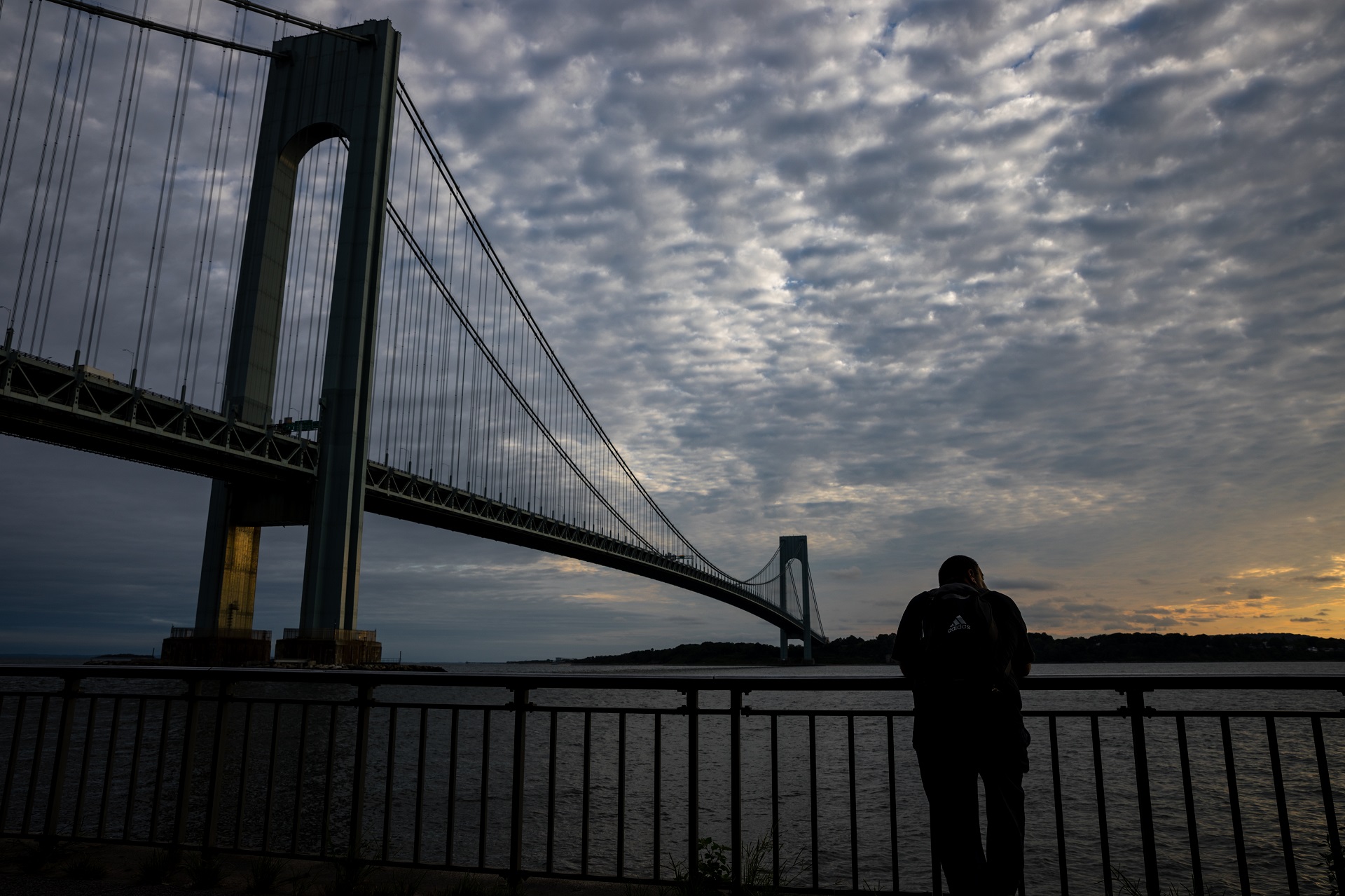DEP has gift for Brooklyn homeowners: rain barrels
Agency distributes rain barrels in water conservation push

State Sen. Marty Golden (right) and members of his staff helped DEP distribute hundreds of rain barrels. Photo courtesy of DEP
Hundreds of homeowners all over Southwest Brooklyn got a gift from the city, thanks to the city’s Department of Environmental Protection (DEP), which handed out free rain barrels as part of an ambitious water conservation effort.
DEP worked with state Sen. Marty Golden on a Rain Barrel Giveaway Program, distributing barrels to approximately 320 homeowners from Bay Ridge, Dyker Heights, Bensonhurst, Gravesend, Marine Park and Gerritsen Beach on April 9 and 10.
The Rain Barrel Giveaway Program on April 9 took place at St. Anselm Catholic Church in Bay Ridge. The April 10 giveaway took place in Marine Park.
